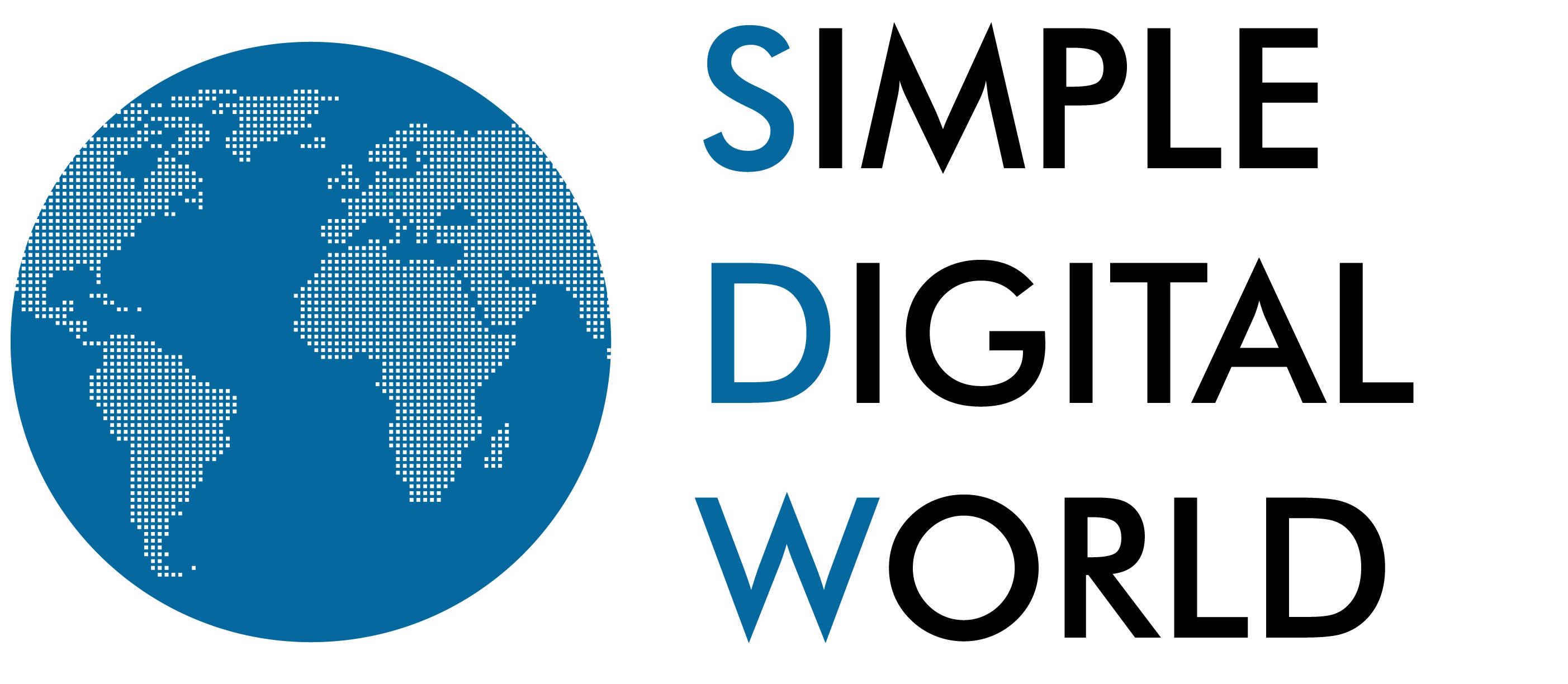
How to Understand Basic Internet Terminology
The internet has brought about a whole new set of terminology and lingo that can be confusing for those who are not well-versed in the technical aspects of the digital world. From terms related to web design and development to those used in online communication and social media. There are countless words and phrases that are commonly used in the context of the internet. In this article, we will explore some of the most commonly used internet terminology and explain their meanings in layman’s terms.
HTML
HTML stands for Hypertext Markup Language and is the primary language used to create and structure content on the web. It is a markup language, which means that it uses tags to define different elements on a web page, such as headings, paragraphs, images, and links. HTML is the backbone of any website and is used to create the basic structure of a webpage.
CSS
CSS stands for Cascading Style Sheets and is used to control the layout and design of a website. It is used in conjunction with HTML to create visually appealing webpages. CSS allows web designers to separate the presentation of a website from its structure, which allows for more efficient development and easier maintenance of the site.
JavaScript
JavaScript is a programming language that is commonly used to create interactive webpages. It allows for the creation of dynamic web pages that can update content and respond to user input without requiring a page reload. JavaScript is often used to create things like image sliders, form validation, and interactive maps. If you want to find your programming language then you can find here a guide.
HTTP
HTTP stands for Hypertext Transfer Protocol and is the foundation of data communication on the web. It is the protocol that determines how data is transferred between web browsers and web servers. When you enter a URL (Uniform Resource Locator) into a web browser, an HTTP request is sent to the server. The server then sends back an HTTP response containing the requested webpage.
SEO
SEO stands for Search Engine Optimization. It is the practice of improving the visibility of a website on search engines like Google, Bing, and Yahoo. SEO helps to ensure that a website is properly indexed and appears in relevant search results. This is done by optimizing website content and structure, building backlinks, and making sure that the website is technically sound.
Blog
A blog is a type of website that contains written content, typically organized in chronological order. Blogs are often maintained by an individual or a small group and can cover a wide range of topics. They can be used for personal expression, as a platform to share information and knowledge, or as a marketing tool for businesses. SimpleDigitalWorld is an example of a blog.
Social Media
Social media refers to a wide range of online platforms that allow people to communicate and share information with one another. Examples of social media platforms include Facebook, Instagram, Twitter, and LinkedIn. Therefore social media is a powerful tool for connecting people, promoting businesses, and sharing information.
Cloud Computing
Cloud computing refers to the delivery of computing resources over the internet. Instead of running programs and storing data on a local computer, users can access these resources remotely via the internet. So Cloud computing allows for increased flexibility, scalability, and cost-effectiveness, as users only pay for the resources they use.
API
An API, or application programming interface, is a set of protocols and standards for accessing a web-based software application or web tool. APIs allow different software systems to communicate with each other and share data, functionality, and services. This allows for more efficient and effective integration of different systems and enables the creation of new and innovative applications.
IP address
An IP address (Internet Protocol address) is a unique numerical label assigned to every device connected to a network that uses the Internet Protocol for communication. It serves two main functions: identifying the host or network interface, and providing the location of the host in the network. IP addresses are typically written in the form of four sets of numbers, separated by periods, such as “192.168.1.1”.
DNS (Domain Name System)
The Domain Name System (DNS) is a hierarchical and decentralized naming system for computers, services, or other resources connected to the internet or a private network. It is used to translate human-friendly domain names, such as “www.example.com,” into IP addresses that computers can understand. This allows users to access a website or other online resources using an easy-to-remember name, rather than having to remember a string of numbers.
URL (Uniform Resource Locator)
A Uniform Resource Locator (URL) is a specific type of internet address that specifies the location of a particular file or resource on the internet. Typically a URL includes the protocol used to access the resource (such as “http” or “ftp”), the domain name, and the path to the file or resource. For example, “http://www.example.com/index.html” is a URL that specifies the location of the “index.html” file on the “www.example.com” website.

